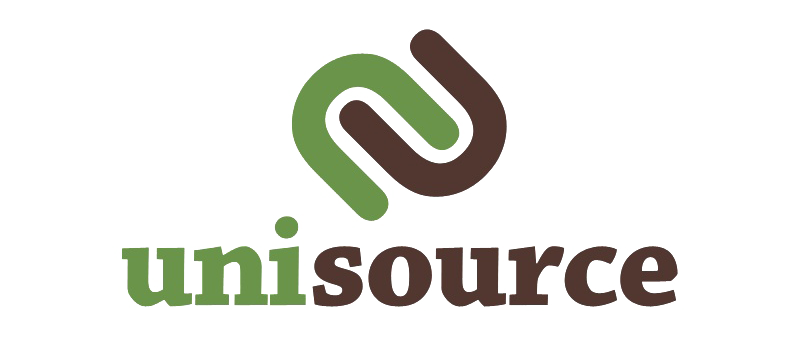
Employer ACA Reporting
The IRS issued final regulations in March, 2014 designed to simplify the employer reporting requirements imposed by the Affordable Care Act. Most importantly, the regulations permit combined reporting for the multiple requirements and simplify reporting where a large employer provides affordable group health coverage, which is of minimum value to almost all of its employees. This Q&A explains the regulations and how they impact both small and large employers.
What are the reporting requirements?
The ACA added two sections to the Internal Revenue Code related to reporting. First, Section 6055 requires health insurers and employers sponsoring self-funded group health plans to annually report to the IRS and to responsible individuals (the enrolled employees), whether the coverage constitutes minimum essential coverage under the ACA. This reporting requirement will help the IRS to enforce the individual mandate penalty. We refer to this as “individual mandate reporting.”
Second, Section 6056 requires large employers with 50 or more full-time and full-time equivalent employees to report to the IRS and to full-time employees for two purposes:
To assist the IRS with enforcing the employer pay-or-play penalty; and
To assist full-time employees with determining their eligibility for a premium credit.
Are small employers subject to the reporting requirements?
Generally, no. Small employers with less than 50 full-time employees are not subject to Pay-or-Play reporting. And only small employers that sponsor self-funded group health plans are subject to individual mandate reporting. For small employers that sponsor fully insured plans, it is the insurer that is responsible for the individual mandate reporting.
What are the basic rules for large employers?
As with small employers, if a large employer’s group health plan is fully insured, the insurer will be responsible for the individual mandate reporting. The large employer will only be responsible for Pay-or-Play reporting. On the other hand, if the large employer sponsors a self-funded group health plan, the employer will be responsible for both the individual mandate and Pay-or-Play reporting. Under the new regulations, a large employer can satisfy both reporting requirements on a combined basis by using IRS Form 1095–C (the employee statements), along with IRS Form 1094-C (the transmittal form).
For individual mandate reporting, the reports must include the Social Security number, or a shortened version of it, for the responsible individuals (the enrolled employees) and their enrolled dependents. However, if, after reasonable efforts, the Social Security number of an individual cannot be obtained (for example, in the case of a dependent), the individual’s date of birth may be used. The individual mandate reports must also include the months for which the individual is enrolled for at least one day during the month.
Pay-or-play reporting focuses on the employer’s full-time employees. All of the following information must be reported:
A certification as to whether the large employer offered its full-time employees and their dependents the opportunity to enroll in coverage (by calendar month)
The number of full-time employees for each calendar month
For each full-time employee, the months for which coverage was available and the employee-only premium for the lowest cost medical option providing minimum value
The name, address and Social Security number of each full-time employee
The months during which the employee was covered under the employer’s group health plan
Are any simplified reporting options available?
Yes. The final regulations provide the following simplified Pay-or-Play reporting options:
1. Qualifying offers. Instead of reporting all of the information described above on a month-by-month basis, employers are permitted to report an employee’s name, address, Social Security number and indicator code for each full-time employee who receives a “qualifying offer” of coverage for all 12 months. (The indicator code is used to convey certain information about the employee, similar to the code used on the W-2). This simplified reporting option is not available for full-time employees who don’t receive a qualifying offer for all 12 months of the year.
A “qualifying offer” means:
The employee-only option is affordable (using the federal poverty line safe harbor) and of minimum value.
Coverage is also offered to the employee’s spouse and dependents.
2. 98% offer. If a large employer certifies to the IRS that it offers coverage that is of minimum value and affordable (using any affordability safe harbor) to at least 98% of its full-time employees, it is not required to report any further information to the IRS. However, the employer must still satisfy the reporting requirement – sending a statement to each full-time employee.
What are the reporting deadlines?
Like income taxes, reporting to the IRS is due annually (even though the reports must include information on a monthly basis) – after the end of the calendar year to which the report relates. If the employer is required to file statements for 250 or more employees, the filing must be made electronically with the IRS and the deadline for filing reports is no later than March 31 following the calendar year to which the reporting relates. If the employee population is less than this threshold of 250 employees, employers have the option to file electronically or by mail. The deadline for the electronic filing of statements with the IRS is March 31 and the deadline for filing by mail is by February 28 following the calendar year to which the reporting relates.
Statements to employees consist of an IRS form (1095–C) similar to the W-2 and are generally required to be sent by mail by January 31 following the calendar year to which the reporting relates. These employee statements can be mailed along with their W-2s. Employers may want to provide a cover memo of explanation, particularly for the first year when this form is new to employees.

